
Cancer patients who received hospice care during the last year of life had fewer hospitalizations and lower overall costs than patients outside of hospice.

Your AI-Trained Oncology Knowledge Connection!


Cancer patients who received hospice care during the last year of life had fewer hospitalizations and lower overall costs than patients outside of hospice.

The use of a prostate cancer antigen 3 urine test could help men avoid undergoing unnecessary repeat biopsies, and predict which will be positive for cancer.

Depressive symptoms and impaired executive functioning, both common in patients with glioblastoma, are independently associated with shorter overall survival.

The NLST is a landmark trial demonstrating that implementation of low-dose CT screening lowers lung cancer–related mortality. We must put the study results and cost-effectiveness analyses in the context of the staggering statistics: up to 65% of lung cancer patients present with advanced-stage disease where treatments are often costly, toxic, and only palliative in nature.

The development of CT lung cancer screening, the publication of results from the NLST in 2011, and the grade-B recommendation for CT lung cancer screening in high-risk smokers by the USPSTF raise a number of interesting national health policy issues.

NLST data clearly demonstrate that lung cancer screening is effective and safe and reduces lung cancer-specific mortality by at least 20%. There is no possible reason for CMS to further delay or restrict lung cancer screening for those at high risk.

American medicine is poised for an expanded conflict over the assumption and consequences of risk in medical care.
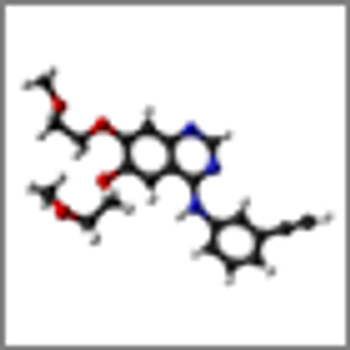
A small trial yielded “dramatic” results with high progression-free and overall survival using SBRT along with erlotinib for patients with stage IV lung cancer.

Survivors of multiple myeloma and pancreatic cancer may have some of the poorest physical health-related quality of life outcomes, according to a new study.
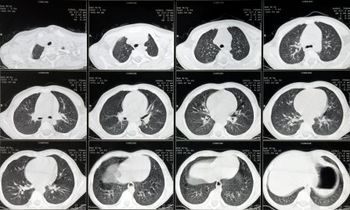
The Centers for Medicare & Medicaid Services announced plans to cover low-dose CT screening for lung cancer, based mainly on the National Lung Screening Trial.

More than twice as many cancer survivors at risk for cardiomyopathy underwent screening for the condition when exposed to advanced-practice nurse telephone counseling.
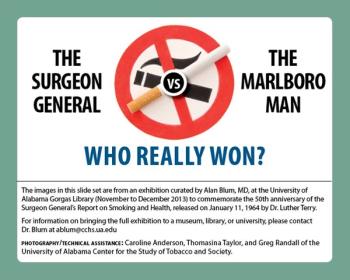
The images in this slide set are from an exhibition curated by Alan Blum, MD, at the University of Alabama Gorgas Library (November to December 2013) to commemorate the 50th anniversary of the Surgeon General’s Report on Smoking and Health, released on January 11, 1964 by Dr. Luther Terry.
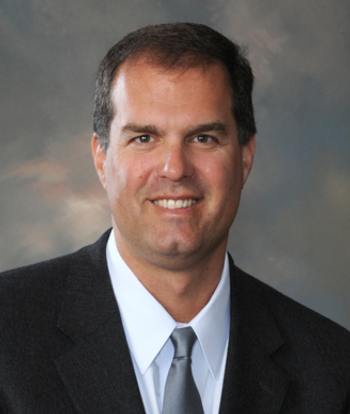
Her recent history was marked by a rather rapid decline over the past 2 months. Long dormant melanoma now spread widely. Her family filled the room. She sat there, still, eyes closed, the pale yellow of advanced liver failure painted on every inch of her body.

ASCO has issued a new online template to assist oncologists with creating survivorship care plans for their patients following active therapy.
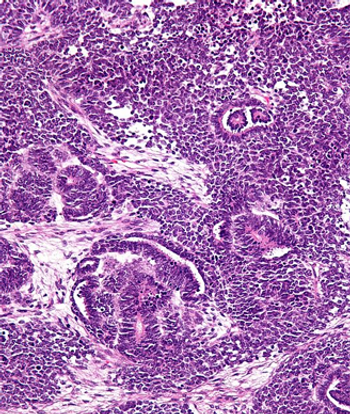
Children treated for Wilms tumor, a rare kidney cancer, with chest radiation may be at a higher risk for developing breast cancer in adulthood.

A phone-based symptom monitoring system using "smart technology" led to improvements in patient quality of life during the final weeks of home hospice care.

A recent survey found that the financial burden of cancer treatment leads many patients to make potentially harmful medical care and lifestyle tradeoffs.
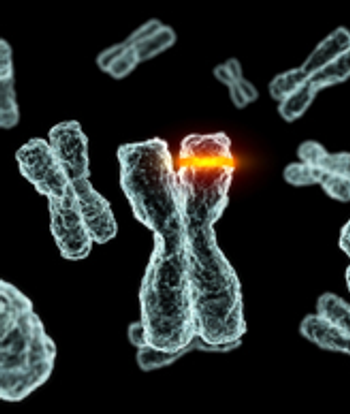
ASCO has endorsed a clinical practice guideline from several associations on when to offer molecular testing for EGFR and ALK mutations in lung cancer patients.
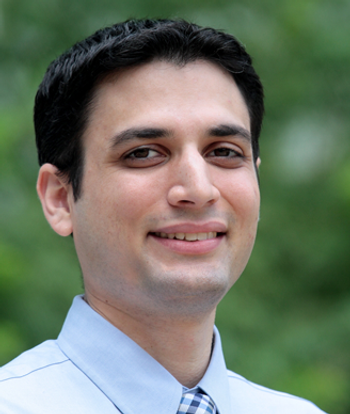
In the field of oncology, we are fortunate to possess a vast and ever-expanding trove of knowledge, and we now have a sufficient foundation of knowledge in many cancers to afford ourselves the luxury of striving to seek wisdom as well.

The management of rectal cancer in patients with metastatic disease at presentation is highly variable. Although chemoradiation is standard for patients with stage II/III rectal cancer, its role in the metastatic setting is controversial.
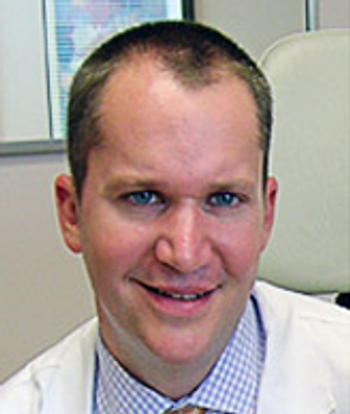
Should I give a patient with a carcinoma of unknown primary another dose of a study drug, since she is requesting to continue it? My reading of the trial protocol suggests no absolute restriction on giving another dose of the drug.
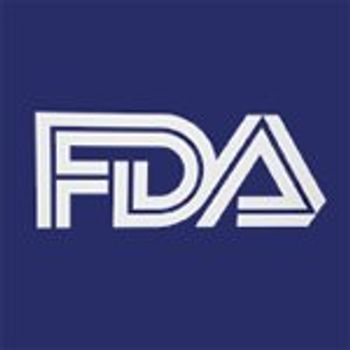
The FDA has approved combined netupitant and palonosetron (Akynzeo) for the treatment of chemotherapy-related nausea and vomiting in patients with cancer.

A new human papillomavirus (HPV) vaccine that protects against nine types of HPV and would protect against about 90% of cervical cancers could be available in 2015.

In a policy statement on the relationship between cancer and obesity, ASCO called on oncologists to integrate obesity prevention and management into patient care.
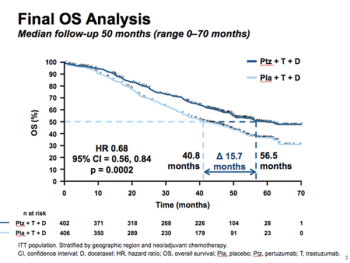
This slide show features some of the top highlights on breast, prostate, and lung cancers to come out of the European Society for Medical Oncology 2014 Congress.


Rolapitant added to granisetron/dexamethasone helped prevented chemotherapy-induced nausea and vomiting in patients treated with cisplatin-based chemotherapy, according to a study at the ESMO 2014 Congress.
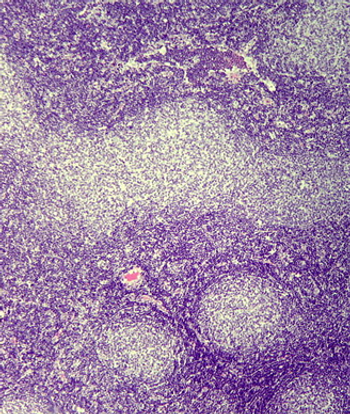
Data from a pooled analysis show that PET-CT provided better response assessment than did CT and predicted inferior survival in follicular lymphoma patients.

Almost three out of every four young oncologists in Europe may be experiencing burnout, according to data from the largest burnout survey conducted to date.

Cancer patients on palliative care wards were more likely to experience a dignified death than patients in other parts of cancer centers, a recent study found.